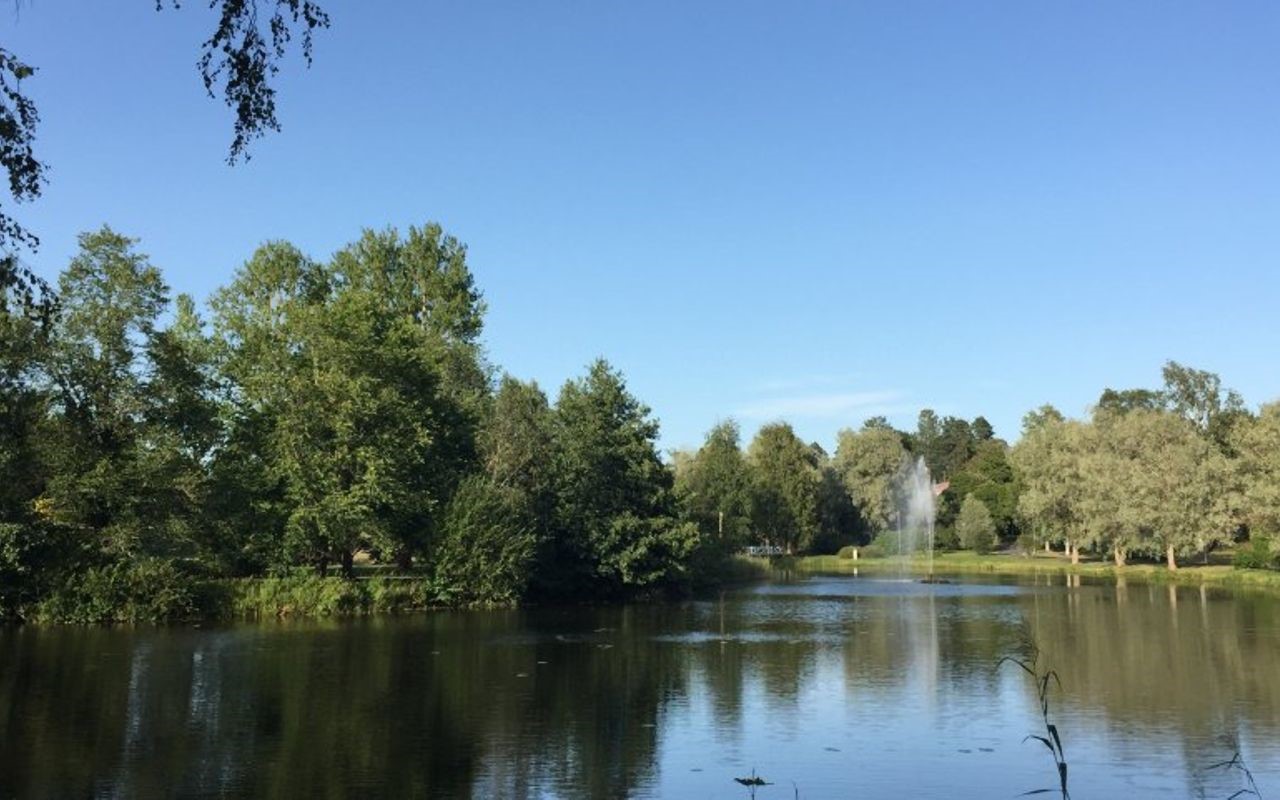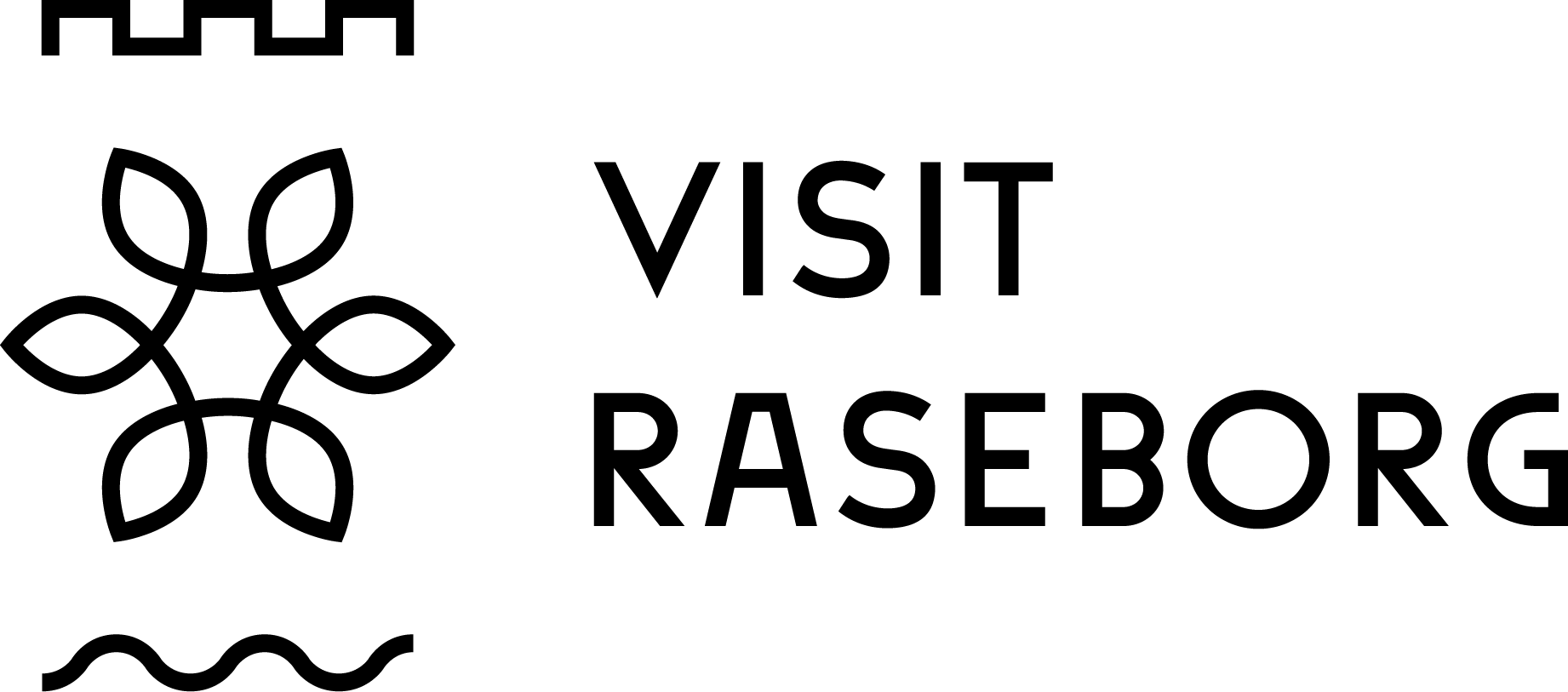
Pumpviken
Historical oasis by the Svartå river, popular for taking walks and picnics
The beautiful Pumpviken park on the bank of Svartå river is the oasis of Karis. The river and its shores have been important for the residents of Karis for several thousands of years – first as a common transit route, hunting and fishing area, and now as a recreation area. One of the locals’ favourite walking routes does in fact go along the shores of Pumpviken. During summer, the place is also a popular picnic spot thanks to its verdancy and the romantic atmosphere.
Pumpviken is accessible and is suitable for wheelchairs. Antkärrgården, the association and exhibition house of Karis museum and home association (Swe Karis musei- och hembygdsförening r.f.) lies in the corner of Bulevarden and Parkgatan. The red log house was built in 1799 on the shore of Pojoviken in Ekerö, but was transferred to Karis in the 1990’s. A frisbee golf course and tennis courts are situated in Landsbroparken park, where you will get by crossing the suspension bridge in front of Antkärrgården. The house of Jogging Team with a sauna can be rented for various occasions.
If you go the other way from Antkärrgården, you will get to Strandparken and a banquet place. Traditionally, Strandparken has been the venue for functions arranged by the fire department, such as dances and concerts. Also the handball club BK-46 began their blast here. The star of Karis – the most beautiful part of Pumpviken cove The largest Swedish language adult education centre in Finland, Västra Nylands Folkhögskola and Pumphuset (Pump House) also lie on the shore of Pumpviken. Back in the days, a brewery where beers and soft drinks were brewed was located on the same spot where the adult education centre now lies. Pumpviken cove got its name from Pumphuset, ‘the Pump House’, in which water was pumped to the steam locomotives in the 19th century. There are remains from the ancient Grabbe canal in the recreation area of Pumpviken. The canal has probably been important for the medieval seafaring, and was built as a link between Svartå river and Läppträsket. It is also believed that the canal was used for transporting building materials for Raseborg castle. Today, Grabbe canal is occupied by vegetation and is only twenty meters long.
Landsbro monument is set near the Åbovägen road and pedestrian bridge. The monument is a reminder of the 1713 battle between Swedish-Finnish troops and Russian troops during the Great Northern War when Finland was part of Sweden. Around this time the Russians had occupied the entire eastern and central Uusimaa. The troops of the King Charles XII of Sweden were garrisoned next to Landsbro bridge with some hundred men. The Russians attacked the rear of the Swedish troops with over 13,000 men. The Swedes fought for four hours, but were forced to retreat and the Russians were able to progress towards Turku. The old Landsbro rug washing place on the east side of Åbovägen road is a good canoe lifting and launching place.

